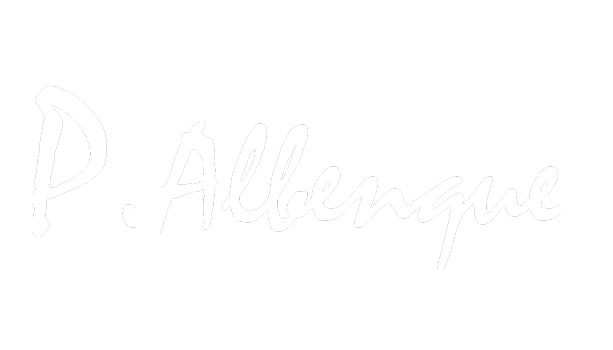document cookie samesite
If that's an unintended effect, why would you want to do this? Although cookies have many historical infelicities that degrade their security and privacy, the Cookie and Set-Cookie header … This behavior is fixed in current versions, but you should check your traffic to determine what proportion of your users are affected. That’s bad. In addition to these security flags, you can set either a Max-Age (the number of seconds that a cookie should last) or an Expires (the date at which the cookie should be expired). Firefox before bug 1627653 used to show an empty string. They are bound to the originating domain, so ads.com can track the same user between different sites, if they all access it. Specifies the domain of your site (e.g., 'example.com', '.example.com' (includes all subdomains), 'subdomain.example.com'). We want to make this open-source project available for people all around the world. That site has JavaScript code that submits a form
